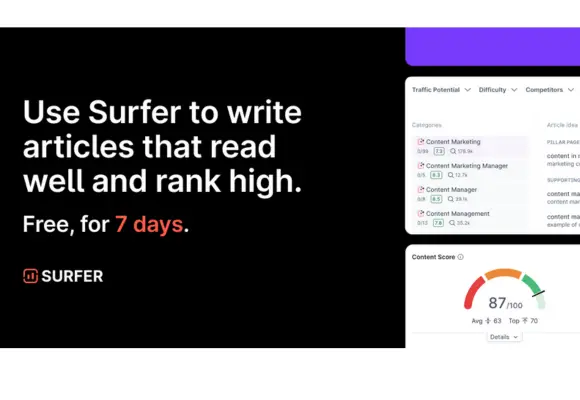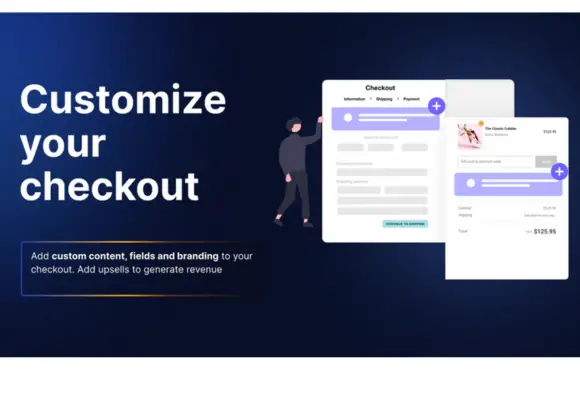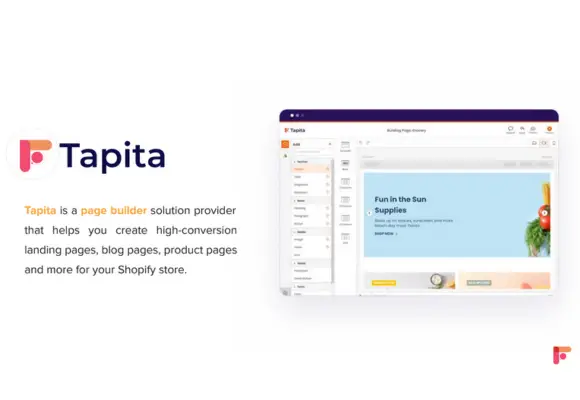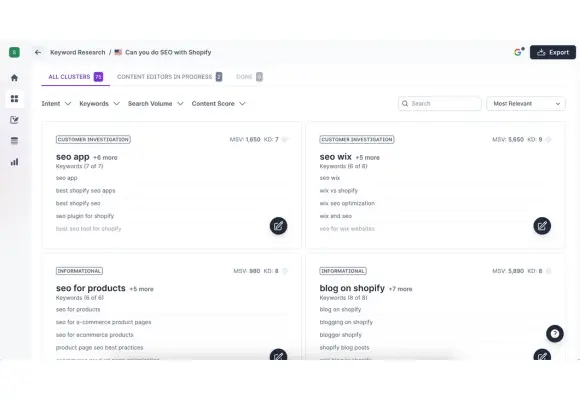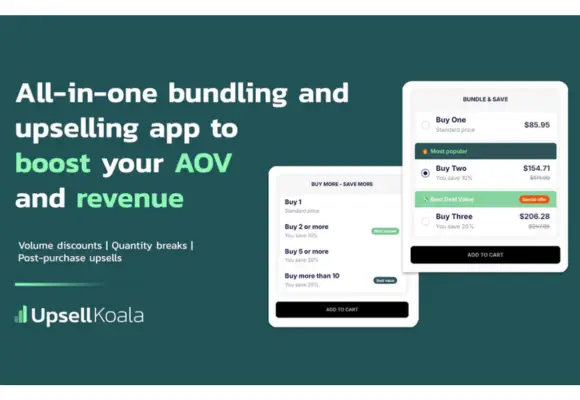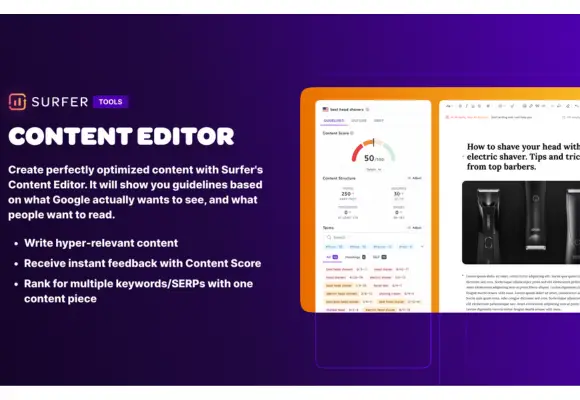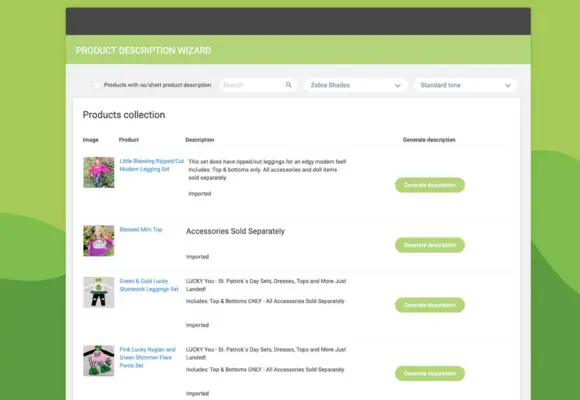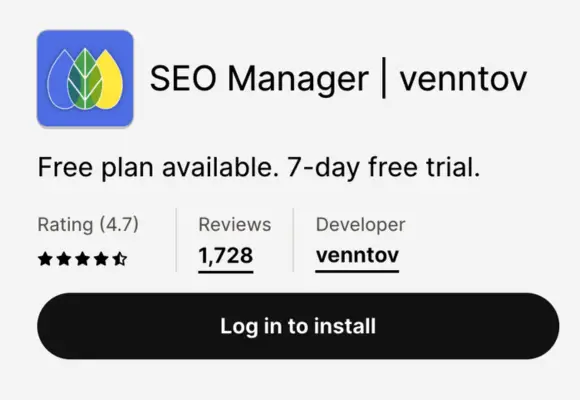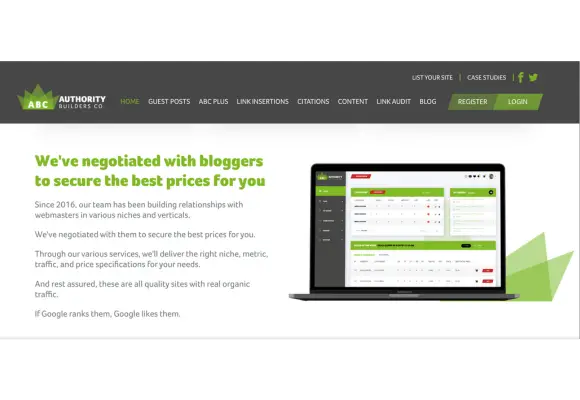What are the key factors to consider when optimizing your Shopify website?
Key factors in Shopify website optimization include fast loading times, mobile responsiveness, clear navigation, SEO optimization with relevant keywords, high-quality images, user-friendly checkout process, integration with social media platforms, and regular updates to keep the website fresh and engaging.
Key Highlights
- Optimizing your Shopify store is crucial to improving user experience, conversion rates, and organic traffic.
- Key optimization aspects include user experience, site speed, and search engine optimization.
- Optimizing product pages, implementing keyword research, and creating high-quality content is essential for Shopify SEO. Additionally, visual optimization techniques like high-quality images and videos can greatly enhance engagement with the audience.
- Utilizing apps and tools, tracking SEO performance, and building quality backlinks are important strategies.
Start your free Shopify trial today ►► https://www.shopify.com/free-trial
Shopify is an e-commerce platform that allows businesses to set up and customize their online stores easily. However, simply having a Shopify store cannot drive sales and success. To truly maximize the potential of your Shopify website, you need to optimize it for better user experience, higher conversion rates, and improved search engine visibility. This ultimate guide to Shopify website optimization will provide you with the knowledge and strategies you need to take your Shopify store to the next level.
When delving into Shopify website optimization, every tweak and adjustment can significantly impact your online store’s success. Understanding the intricate balance between user experience and search engine requirements is the key to unlocking higher sales and improved visibility.
By optimizing your Shopify store with the right SEO strategies and enhancing user experience through site speed improvements and streamlined navigation, you can attract more potential customers and boost conversion rates. Let’s explore the fundamental elements contributing to your Shopify site’s overall performance and success.
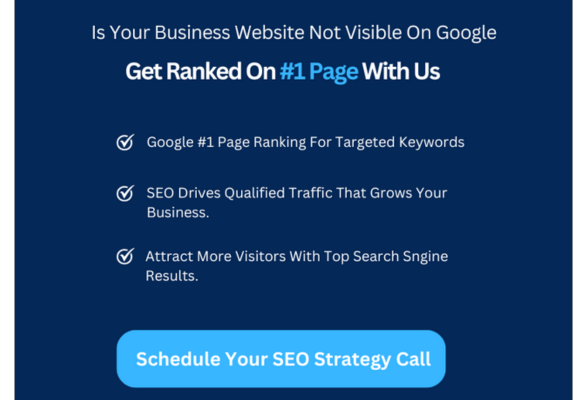
Understanding Shopify SEO: The Key to Unlocking Sales
Search engine optimization (SEO) drives organic traffic to your Shopify store. When users search for products or services related to your business, you want your website to appear in the top search results. Shopify SEO involves optimizing your website’s structure, content, and keywords to improve its visibility and ranking in search engine results pages. By implementing effective SEO strategies, you can increase your chances of attracting potential customers, driving more sales, and growing your business.
Why SEO Matters for Your Shopify Store
SEO is essential for your Shopify store because it helps you attract potential customers who are actively searching for your products or services. When your website ranks higher in search engine results pages, it increases your visibility and credibility, making users more likely to click on your website and explore your offerings.
By optimizing your Shopify store for SEO, you can tap into the vast pool of organic traffic and target potential customers who are already interested in what you have to offer. By implementing the suggested strategies, your online store can experience higher conversion rates, increasing sales and revenue in the long run.
Save time creating SEO content that ranks fast – Start your free 7-day trial of Surfer SEO today ►► https://get.surferseo.com/Optimization
Core Components of Shopify SEO
To optimize your Shopify store for SEO, you need to focus on several core components:
- Please consider your site structure to ensure it is organized and user-friendly. This includes clear navigation menus, logical product categorization, and easy-to-find information.
- Leverage the features and settings in the Shopify admin to optimize your website’s SEO settings. This includes customizing meta tags, optimizing URLs, and creating descriptive page titles.
- Consistently monitor and improve your search engine rankings by analyzing data, tracking analytics, and making necessary adjustments to your SEO strategies.
Enhancing User Experience for Better Conversion Rates
Focus on optimizing site speed and simplifying navigation to enhance user experience and improve conversion rates on your Shopify store. A fast-loading website improves user satisfaction and lowers bounce rates. Utilize tools like Google Pagespeed Insights to analyze and enhance your site performance.
Streamline navigation by organizing products into clear categories and subcategories for easy exploration. Improving user experience boosts conversions and increases the likelihood of repeat customers. Invest time in site structure and design to create a seamless online shopping journey that caters to the needs of potential customers.
Boost conversions with a seamless checkout! Try Checkout Extensions Plus for a free trial ►► https://platform.shoffi.app/r/rl_B0uBWoHp
Importance of Site Speed and How to Improve It
Site speed is critical in user experience and search engine optimization. A slow-loading website can frustrate users and lead to higher bounce rates, negatively impacting your conversion and search engine rankings. To improve site speed, consider the following strategies:
- Use a lightweight Shopify theme that prioritizes speed and performance.
- Optimize and compress images to reduce file sizes without sacrificing quality.
- Minimize using unnecessary plugins and scripts that can slow down your website.
- Leverage browser caching to store certain website elements locally and reduce load times for repeat visitors.
- Enable lazy loading, which only loads images and content as users scroll down the page.
Implementing these strategies can significantly improve your website’s speed, enhance user experience, and boost your chances of higher conversion rates and search engine visibility.
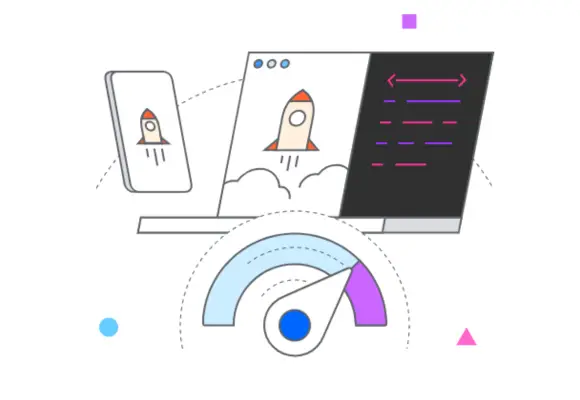
Simplifying Navigation to Enhance User Journey
Simplifying navigation is crucial for enhancing the user journey on your Shopify store. Users should be able to easily find the products they are looking for and navigate through different sections of your website without confusion. Some tips for improving navigation include:
- Clear and intuitive menu structure: Organize your products into logical categories and subcategories, making navigating easy for users.
- Search functionality: Implement a search bar that allows users to search for specific products or keywords quickly.
- Breadcrumbs: Use breadcrumbs to show users their current location within your website’s hierarchy.
- Clear calls-to-action: Use buttons and links to guide users to take desired actions, such as adding items to their cart or completing a purchase.
- Mobile-friendly navigation: Ensure that your navigation is optimized for mobile devices, as many users access websites through smartphones.
By simplifying navigation, you can improve the overall user experience, reduce bounce rates, and increase the likelihood of conversions on your Shopify store.
Craft a user-friendly shopping journey with Tapita Landing Page Builder! Start your free trial today ►► https://platform.shoffi.app/r/rl_luWAZs1l
Keyword Optimization Strategies for Shopify Stores
Keyword optimization is a crucial aspect of Shopify SEO. By targeting relevant keywords, you can improve your website’s visibility in search engine results pages and attract users actively searching for your products or services. Some keyword optimization strategies for Shopify stores include:
- Conducting thorough keyword research to identify relevant and high-converting keywords.
- Optimizing product pages by incorporating targeted keywords in title tags, meta descriptions, and product descriptions.
- Long-tail keywords, which are more specific and often have lower competition, can target niche audiences.
- Monitor keyword rankings and adjust your SEO strategies based on keyword performance.
By implementing effective keyword optimization strategies, you can increase your chances of ranking higher in search results, driving targeted organic traffic, and improving your conversion rates and sales.
Researching and Targeting the Right Keywords
Researching and targeting the right keywords is crucial for Shopify’s SEO success. To optimize your website effectively, you must understand your target market and the keywords they use to search for products or services. Conduct thorough keyword research using tools like Google Keyword Planner, SEMrush, or Ahrefs. Look for keywords with high search volume, low competition, and high relevance to your products.
Consider long-tail keywords that are more specific and can help you target niche audiences. Once you have identified the right keywords, incorporate them strategically into your website’s content, meta tags, and URLs. By targeting the right keywords, you can improve your website’s visibility in search engine results and attract the right audience to your Shopify store.
Incorporating Keywords into Your Product Pages Effectively
Incorporating keywords into your product pages effectively is essential for optimizing your Shopify store for search engines. Here are some tips for effectively incorporating keywords:
- Use targeted keywords in your product page’s title tags to give search engines context about the page’s content.
- Write compelling meta descriptions with relevant keywords to entice users to click on your website in search results.
- Incorporate keywords naturally throughout your product descriptions, ensuring they flow seamlessly and provide valuable information to users.
- Use heading tags (H1, H2, H3) to structure your content and include relevant keywords in your headings.
- Optimize your URLs by including keywords that accurately describe the page’s content.
By incorporating keywords effectively, you can improve your product page’s visibility in search engine results, attract targeted organic traffic, and increase the likelihood of conversions.
Boost sales with Upsell Koala: Bundle products & offer discounts to increase average order value ►► https://platform.shoffi.app/r/rl_JUCD2VEY
Leveraging High-Quality Content to Drive Traffic
Creating and leveraging high-quality content is an effective strategy for driving traffic to your Shopify store. Content marketing involves creating valuable, informative content that resonates with your target audience. By consistently publishing high-quality content, such as blog posts, guides, tutorials, and videos, you can attract and engage users, establish your brand as an authority in your industry, and drive organic traffic to your website.
High-quality content also provides opportunities for backlinking and social sharing, enhancing your website’s visibility and attracting potential customers.
Create high-quality, SEO-optimized content fast with Surfer’s content editor! Start your free 7-day trial today ►► https://get.surferseo.com/Optimization
Blogging for Shopify: A Tool for SEO and Engagement
Blogging is a powerful tool for SEO and engagement on your Shopify store. Regularly publishing relevant blog content to your target audience can attract organic traffic, establish your brand as an industry expert, and engage with potential customers. When blogging for Shopify, consider the following strategies:
- Create valuable and informative content that addresses your target audience’s pain points and interests.
- Optimize your blog posts with relevant keywords to improve their visibility in search engine results.
- Use internal linking to connect your blog posts to relevant product pages on your Shopify store.
- Encourage social sharing and engagement by providing social sharing buttons and promoting your blog content on social media.
By incorporating blogging into your content marketing strategy, you can improve your Shopify SEO, attract organic traffic, and establish a strong online presence for your brand.
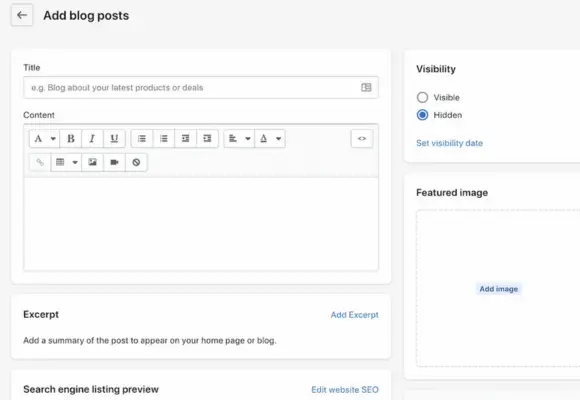
Creating Engaging Product Descriptions and Guides
Creating engaging product descriptions and guides is essential for optimizing your Shopify store. These pieces of content provide valuable information about your products, helping potential customers make informed purchasing decisions. When creating product descriptions and guides, consider the following tips:
- Highlight the key features and benefits of your products clearly and concisely.
- Use persuasive language and storytelling techniques to engage users and create a connection with your products.
- Incorporate relevant keywords into your product descriptions to improve their visibility in search engine results.
- Include clear and compelling calls-to-action (CTAs) that encourage users to take the desired action, such as adding the product to their cart or purchasing.
Creating engaging and informative product descriptions and guides can enhance the user experience, increase the likelihood of conversions, and drive sales on your Shopify store.
Craft captivating product descriptions in seconds with ChatGPT-AI by StoreYa ►► https://platform.shoffi.app/r/rl_qlKAh7uM
Visual Optimization: Using Images and Videos to Boost Engagement
Visual optimization is a powerful strategy for boosting engagement on your Shopify store. High-quality images and videos can captivate users, provide a better understanding of your products, and enhance the overall user experience. When optimizing visuals for your Shopify store, consider the following tips:
- Use high-resolution images that showcase your products from multiple angles.
- Incorporate videos demonstrating how your products work or provide valuable information to users.
- Optimize image sizes to ensure fast loading times and improve site performance.
- Use alt tags and descriptive captions for images and videos to enhance their visibility in search engine results.
By leveraging visual optimization, you can attract and engage users, increase dwell time on your website, and drive more conversions.
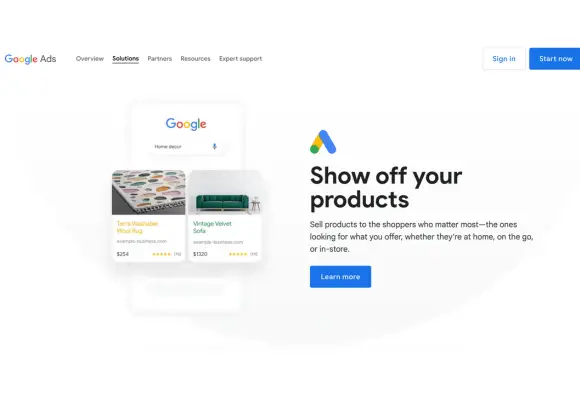
Best Practices for Image Optimization
Image optimization is crucial for improving your Shopify store’s site speed and user experience. Here are some best practices for image optimization:
- Compress images to reduce file sizes without compromising quality.
- Use the appropriate file format for each image, such as JPEG for photographs and PNG for graphics.
- Optimize image dimensions to match their display size on your website.
- Implement lazy loading to load pictures only as users scroll down the page.
- Use descriptive file names and alt tags for images to improve their visibility in search engine results.
By following these best practices, you can ensure that your images load quickly, enhance site speed, and provide a seamless user experience for visitors to your Shopify store.
Give your customers a voice & gain valuable insights with Stamped.io’s product reviews & UGC! Try it free ►► https://get.stamped.io/Optimization
How to Utilize Videos for Product Demonstrations
Utilizing videos for product demonstrations is an effective way to engage users and provide a better understanding of your products on your Shopify store. Videos can showcase the features and benefits of your products more interactively and engagingly, enhancing the overall user experience. When creating product demonstration videos, consider the following tips:
- Keep videos concise and focused on your product’s key features and benefits.
- Demonstrate how your products work and provide practical examples of their use.
- Incorporate storytelling and compelling visuals to captivate and engage viewers.
- Embed videos on relevant product pages to provide users with additional information and encourage conversions.
By utilizing videos for product demonstrations, you can effectively showcase your products, build trust with your audience, and increase the likelihood of conversions on your Shopify store.
Shopify Apps and Tools for SEO Enhancement
Shopify offers a wide range of apps and tools that can enhance your SEO efforts and improve the performance of your Shopify store. These apps and tools provide valuable insights, automation, and optimization features to help you maximize your SEO potential. Some essential Shopify apps for SEO enhancement include:
- SEO Manager: Helps optimize meta tags, alt tags, sitemaps, and more.
- Google Analytics: Provides valuable website and traffic data to track SEO performance.
- SEMrush: Offers competitor analysis, keyword research, and SEO auditing features.
- Oberlo: Facilitates dropshipping and product sourcing, improving your product offerings.
- Plugin SEO: Scans your website for SEO issues and offers suggestions for improvement.
Utilizing these Shopify apps and tools allows you to streamline your SEO efforts, track performance, and optimize your Shopify store effectively.
Supercharge your SEO with a free trial of SEO Manager by Venntov! 7-day trial & free plans available ►► https://platform.shoffi.app/r/rl_3aMcROAr
Must-Have SEO Apps for Shopify
Several must-have apps can help you achieve better results when optimizing your Shopify store for SEO. These apps offer essential features and functionalities for effective search engine optimization. Some of the must-have SEO apps for Shopify include:
- SEO Manager: This app allows you to optimize your meta tags, alt tags, sitemaps, and more.
- All-in-One SEO: Offers advanced SEO features such as schema markup, XML sitemaps, and social meta tags.
- Plugin SEO: Scans your website for SEO issues and provides recommendations for improvement.
- Smart SEO: Helps optimize your product and collection pages for better visibility in search engine results.
- JSON-LD for SEO: Adds structured data to your website to improve your search engine rankings.
Incorporating these SEO apps into your Shopify store can enhance your website’s visibility, attract organic traffic, and improve your search engine rankings.
Utilizing Analytics Tools to Track SEO Performance
Tracking SEO performance is crucial for evaluating the effectiveness of your optimization efforts on your Shopify store. Using analytics tools, you can gather valuable data and insights to make informed decisions and implement necessary optimizations. Some essential analytics tools for tracking SEO performance include:
- Google Analytics: Offers various metrics and data to track website traffic, user behavior, and conversions.
- SEMrush: Provides comprehensive SEO analytics, competitor analysis, and keyword tracking features.
- Moz Pro: Offers in-depth SEO insights, keyword research, and link-tracking capabilities.
- Ahrefs: Provides backlink analysis, keyword research, and content analysis features.
By regularly analyzing data from these analytics tools, you can identify areas for improvement, track the impact of your SEO efforts, and make data-driven decisions to optimize your Shopify store.
Uncover your competitor’s SEO secrets with SEMrush’s FREE competitive research trial ►► https://www.semrush.com/lp/product-competitive-research/en/
Building Backlinks: Off-Page SEO Tactics
Building backlinks is an essential off-page SEO tactic that can significantly impact your search engine rankings and drive organic traffic to your Shopify store. Backlinks are links from other websites that point to your website, indicating its credibility and authority. To build backlinks effectively, consider the following strategies:
- Create high-quality and share-worthy content that naturally attracts backlinks.
- Reach out to other website owners and influencers in your industry to request backlinks.
- Guest blogging on relevant websites and including links back to your Shopify store.
- Use social media platforms to share your content and encourage others to link to your website.
Building quality backlinks can improve your website’s authority, increase its visibility in search engine results, and attract targeted organic traffic to your Shopify store.
Strategies for Acquiring Quality Backlinks
Acquiring quality backlinks is crucial for effective off-page SEO and driving organic traffic to your Shopify store. Here are some strategies for acquiring quality backlinks:
- Create high-quality and valuable content that naturally attracts backlinks from authoritative websites.
- Reach out to industry influencers and website owners, offering to collaborate or contribute guest content.
- Participate in relevant online communities and forums, sharing valuable insights and linking to your website.
- Leverage social media platforms to promote your content, attract attention, and encourage backlinks.
- Monitor your competitors’ backlink profiles and aim to acquire similar high-quality backlinks.
By implementing these strategies, you can acquire quality backlinks that improve your website’s authority, visibility in search engine results, and organic traffic to your Shopify store.
Skyrocket your rankings with high-quality Guest Post Services from Authority Builders ►► Application Page: https://authority.builders/apply/d6pc984369
The Role of Social Media in SEO
Social media plays a significant role in SEO for your Shopify store. While social media signals do not directly impact search engine rankings, they can indirectly influence your SEO efforts. Social media can increase brand visibility, attract potential customers, and drive traffic to your website. By utilizing social media effectively, you can:
- Share your content and attract backlinks from social media followers and influencers.
- Build brand awareness and loyalty, which can result in more searches and direct traffic to your website.
- Improve your website’s authority and visibility by increasing the likelihood of others sharing and linking to your content.
- Drive traffic to your website, increasing user engagement and potentially higher conversion rates.
By leveraging the power of social media, you can enhance your Shopify store’s SEO, attract targeted organic traffic, and boost your online presence.
Conclusion
Optimizing your Shopify website in the ever-evolving digital landscape is crucial for boosting sales and enhancing user experience. You can drive traffic and engage customers effectively by focusing on SEO strategies, improving site speed, simplifying navigation, and leveraging high-quality content and visuals.
Incorporating targeted keywords, utilizing analytics tools, and building backlinks will amplify your online presence. Embrace the power of Shopify apps tailored for SEO enhancement and stay informed about the latest trends in e-commerce optimization. With a well-optimized Shopify website, you can attract more visitors, increase conversions, and elevate your online business.
Frequently Asked Questions
How Often Should I Optimize My Shopify Store for SEO?
Optimizing your Shopify store for SEO is an ongoing process. To identify areas for improvement, you should regularly monitor and analyze your website’s performance, keyword rankings, and user behavior. Depending on your site’s performance and competition, you may need to optimize your store quarterly, monthly, or even more frequently to stay ahead in search engine rankings and maintain optimal site performance.
Can A Significant Improvement In Site Speed Lead To A Substantial Increase In Sales?
Yes, improving site speed can significantly impact sales and conversion rates. A faster-loading website provides a better user experience, reduces bounce rates, and increases the likelihood of users staying on your site and purchasing. Studies have shown that even a one-second page load time delay can decrease conversion rates. By optimizing your site speed, you can improve user experience, increase your conversion rates, and ultimately drive more sales on your Shopify store.


